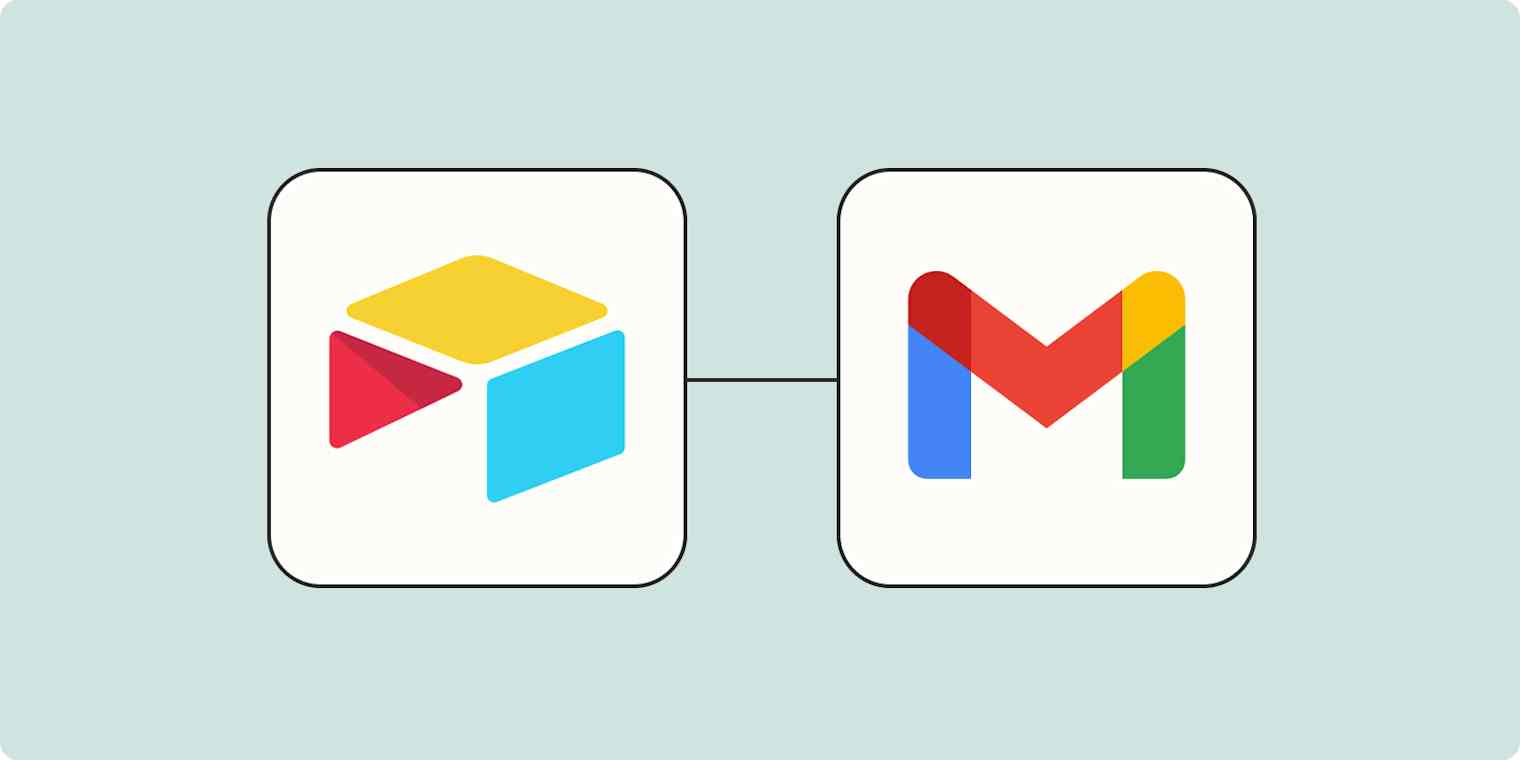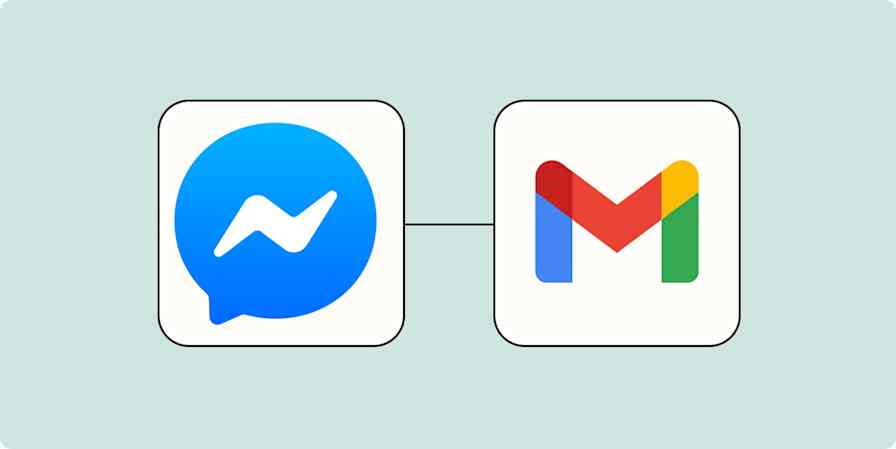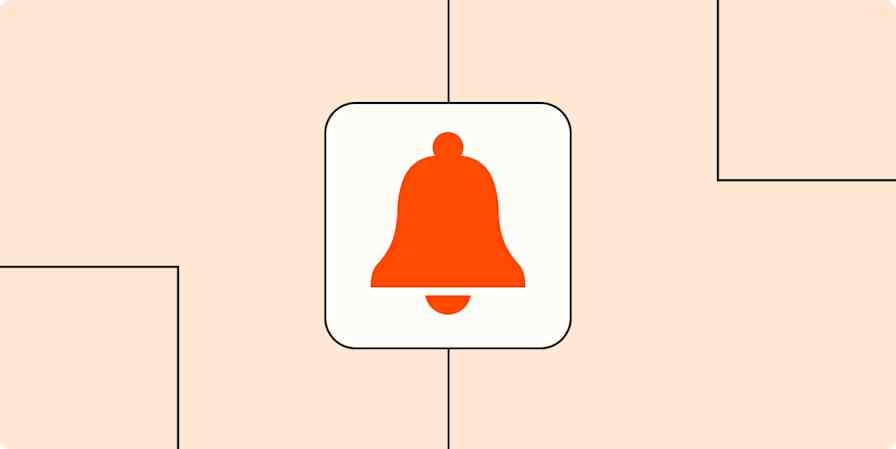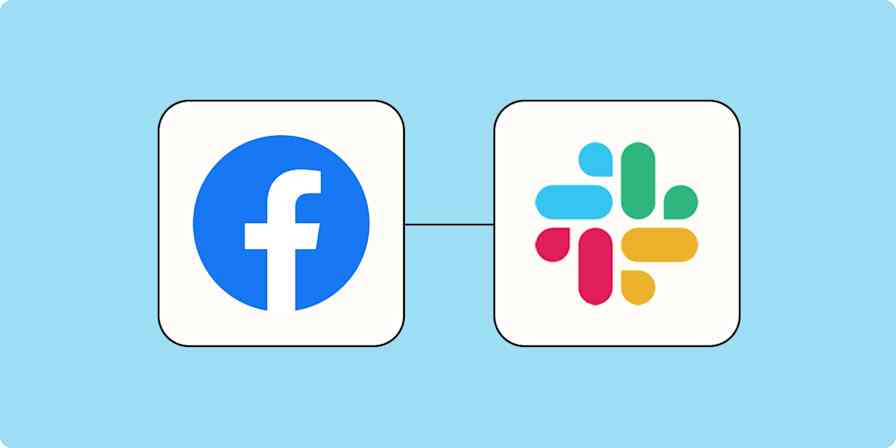Zapier tutorials
3 min readHow to send emails for new Airtable records
By Daniel Kenitz · November 27, 2023

Get productivity tips delivered straight to your inbox
We’ll email you 1-3 times per week—and never share your information.
Related articles
Improve your productivity automatically. Use Zapier to get your apps working together.








